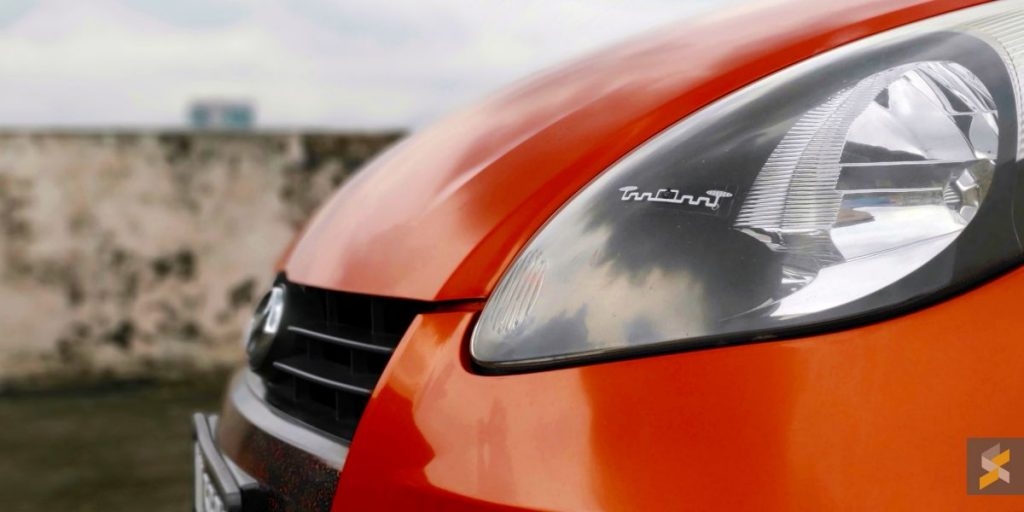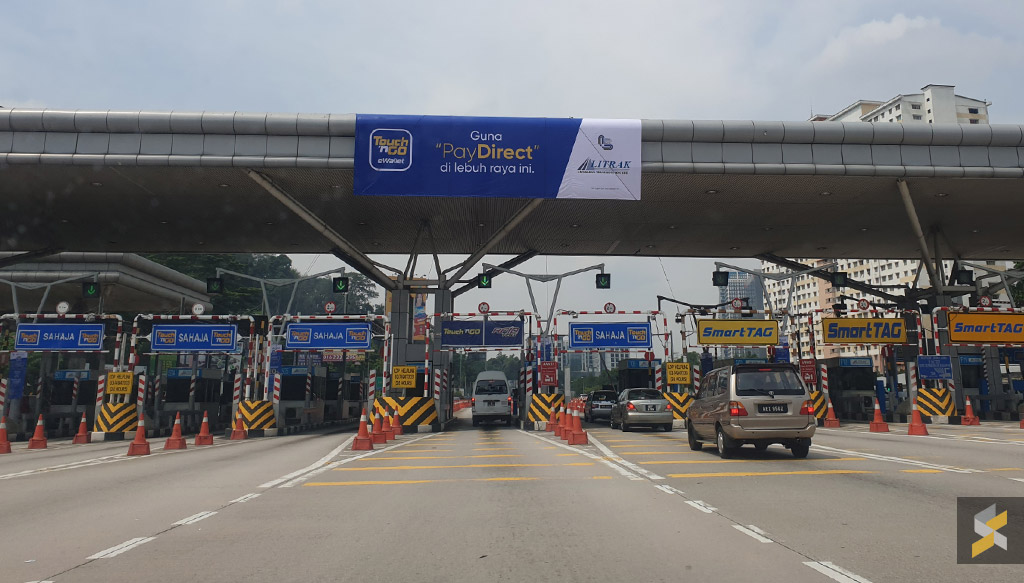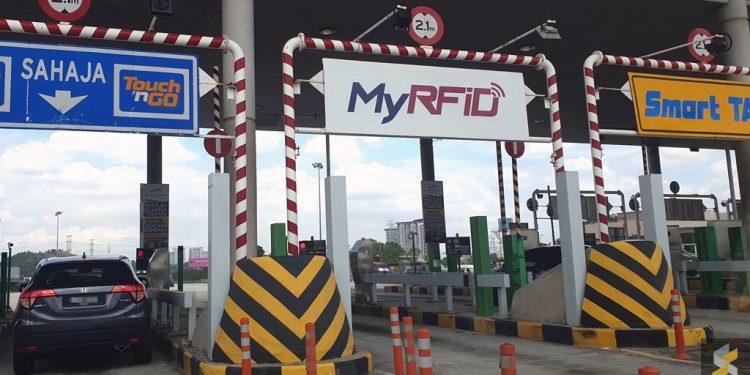The Malaysian Highway Authority (Lembaga Lebuhraya Malaysia) has announced that RFID toll collection will be available at 62 open-system toll plazas in West Malaysia. According to Works Minister, Baru Bian, the RFID system by TNG is the latest electronic payment system that’s introduced for highways and it will operate alongside existing Touch ‘n Go and SmartTAG systems.

The introduction of RFID payments is expected to make traffic flow smoother at toll plazas as road users will no longer need to stop to touch their physical Touch ‘n Go card on the reader. According to the highway authority, RFID will offer users the following benefits:
- An easier and seamless way to pay for tolls
- No maintenance cost as RFID requires no batteries
- Reloads can be performed online via Touch ‘n Go eWallet app
- RFID stickers are attached to your vehicle, making it harder to lose
- Reduces operational issues with existing SmartTAG such as incorrect placement or low battery.
The RFID system is linked to the Touch ‘n Go eWallet app which allows users to top up without the need of going to a physical top-up point. In addition, users can also enable auto-reload via credit card which can be performed seamlessly without additional surcharge.
Do note that it is currently supported on open-system toll plazas that charge toll when you pass through a section of the highway. For closed-toll systems on the North-South Expressway, PLUS will be supporting it from 1st April 2020. Unlike open-system tolls, tolls on closed-system will be charged based on your entry and exit points of the highway.
TNG RFID supported locations
Below are the list of open-system toll highways that support RFID as of 1st January 2020:
- Lebuhraya Utara Selatan (PLUS)
-Plaza Tol Bangunan Sultan Iskandar (BSI)
-Plaza Tol Kempas
-Plaza Tol Jitra - Lebuhraya Laluan Kedua Malaysia-Singapura (LINKEDUA)
- Lebuhraya Shah Alam (KESAS)
- Lebuhraya Cheras-Kajang (GRANDSAGA)
- Lebuhraya Damansara-Puchong (LDP)
- Lebuhraya KL-Karak (KLK)
- Lebuhraya Lingakaran Kajang (SILK)
- Lebuhraya Penyuraian Trafik KL Barat (SPRINT)
- Lebuhraya Sungai Besi (BESRAYA)
- Lebuhraya Kemuning-Shah Alam (LKSA)
- Lebuhraya Duta-Ulu Kelang (DUKE)
- Lebuhraya KL-Putrajaya (MEX)
- Lebuhraya Bertingkat Ampang-Kuala Lumpur (AKLEH)
- Lebuhraya Baru Pantai (NPE)
- Lebuhraya Koridor Guthrie (GCE)
- Lebuhraya Butterworth – Kulim (BKE)
- Lebuhraya Lingkaran Luar Butterworth (BORR)
- Lebuhraya KL-Kuala Selangor (LATAR)
- Lebuhraya Pintas Selat Klang Utara Baru (GRAND SEPADU)
- Lebuhraya Terowong SMART
- Lebuhraya Seremban – Port Dickson (SPDH)
- Jambatan Pulau Pinang (JPP)
- Jambatan Sultan Abdul Halim Mu’adzam Shah (JSAHMS)
- Lebuhraya Kajang – Seremban (LEKAS)
-Plaza Tol Ampangan
At the moment, there are more than 800,000 RFID users in the country and they have reported receiving positive responses from highway users. Road users are urged to ensure sufficient balance at all times before entering the highway.

Since most of these highways have just one RFID lane, it is still advisable to keep a spare Touch ‘n Go card. Alternatively, you could use your IC as a backup Touch ‘n Go card. For ease of top-up, you can also enable Touch ‘n Go’s PayDirect feature which will deduct the toll charges from your eWallet balance when you tap your card at a supported PayDirect highway.
Although the current RFID implementation has its own shortcomings, the highway authority says this is the first step towards a Multi-Lane Free Flow (MLFF) system which will eliminate toll booths altogether. In case you missed it, we have a discussion about the current RFID system a few weeks ago and you can watch it here.
[ SOURCE ]








